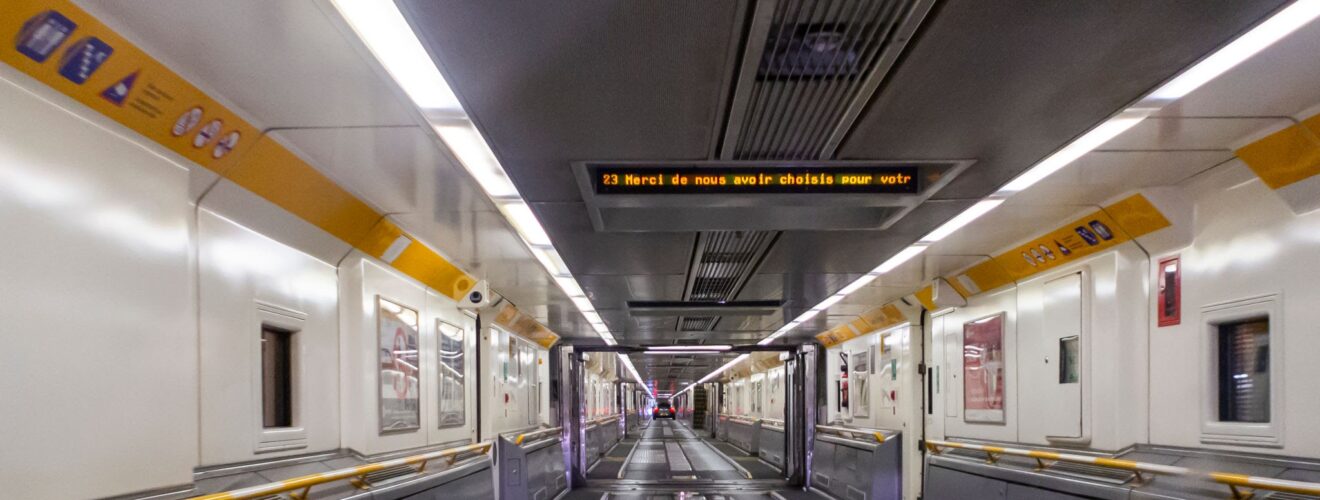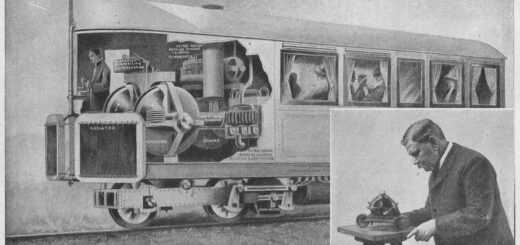The World’s Longest Under Water Tunnel

The English Channel tunnel a modern Marvel of engineering Beneath the Sea. The construction of the English Channel tunnel which is sometimes referred to as the Euro tunnel or the tunnel is widely regarded as one of the most remarkable examples of engineering in the 20th century. It is a groundbreaking connection between United Kingdom and France that runs 50.45 kilometers (31.35 miles) beneath the water and connects folkestone which is located in the United Kingdom with Coke Wheels which is located near Calais in France. This feat of engineering not only makes the transportation of people and commodities easier but it also serve as a metaphor for the Triumph of human intellect and cooperation.
How tunnel was built:
In 1802 a French engineer by the name of Albert Matthew favier was the one who originally suggested the idea of constructing a tunnel underneath the English Channel. This dates the idea back to the early 19th century nevertheless for more than a century. It existed only as a concept on paper because of the difficulties posed by technology and the obstructions posed by politics. The development of modern transport and an increase in the volume of traffic crossing the channel provided the true push for the construction of the channel tunnel. During the 20th century the formation of the channel tunnel assessment group in 1957 which had professionals from both the United Kingdom and France working together on feasibility assessment gave the concept. A significant boost of impetus in spite of the fact that there was initial enthusiasm in The Proposal there was opposition to it particularly from Ferry operators that were concerned about losing money.
Political Challenges
The political conflicts that existed between United Kingdom and France slowed down the pace of the tunnel project disagreements regarding the Project’s funding security and Commercial interests led to a number of setbacks and cancellations over the course of its development. Then the prime minister of the United Kingdom Margaret Thatcher and the then president of France Francois midterand did not come to an agreement to press forward with the project until the year 1986. Tackling geology and environmental Geology and Environmental Concerns dealing with the geology of the seabed and ensuring that the environment was protected was one of the most difficult issues that had to be overcome during construction of the channel tunnel underneath the English Channel. The Tama would travel through what is referred to as the chalk moral strata which is composed of alternating layers of chalk Limestone and moral in order to drill through these geological formations without compromising the tunnel’s structural integrity.
Novel Excavation Method
Engineers were forced to come up with novel excavation methods. This method minimized the disruption caused to marine life and reduced the need for dredging. During the building process environmental concerns were given the attention and care that they deserved extensive environmental impact assessments have been carried out in order to gain a better understanding of and find ways to reduce any potential adverse effects on Coastal. Ecosystems bird habitats and marine life efforts were made to preserve the area such as the Reconstruction of natural Dunes.
Construction Process
The beginning of construction on the channel tunnel was in 1988 and the project lasted for about six years from start to finish the project needed a significant amount of coordination between engineering and construction teams from the United Kingdom and France the building site was enormous and numerous locations on each side of the channel were considered for its placement both the French and British terminals were located in folkestone. However the British one was closer to Shakespeare cliff the French terminal was in coquills which is close to collate tunnel boring machines often known as tbms were put to use in order to cut through the chalk model and create the tunnels. These massive machines dug their way through the ground while simultaneously laying precast concrete components to build the tunnel lining as they made their way through the terrain tbms were operated from both ends and with incredible precision. They met in the center of the channel a service tunnel with a diameter of 4.8 meters 16 feet is located between the two twin rail tunnels. The diameter of each of the twin rail tunnels is 7.6 meters 25 feet in the event of an emergency the service tunnel can be used as a means of egress concerning risks and obstacles.
Risks and Obstacles
During the entirety of the building process the highest priority was placed on ensuring everyone’s safety. Engineers were required to keep constant watch on the tunneling equipment and ensure that they were perfectly aligned at all times in order to prevent deviations and potential. Collisions ventilation systems were placed in the tunnels so that they could give fresh air and keep the temperatures under control. Due to the ocean that was all around it was also very important to make sure that the tunnels were completely watertight. During the course of building difficulties were unavoidable in 1994 there was a fire that started in the service tunnel which led to severe damage being done to the infrastructure. The resilience of the engineering Personnel along with the deployment of safety measures prevented any casualties from occurring inauguration.
Inauguration
Significance the official opening of the channel tunnel took place on May 6, 1994 and was attended by Queen Elizabeth U and president Francois mitterrand of France. It was a momentous occasion that represented the accomplishment of an audacious goal and the deepening of connections between the United Kingdom and France. The completion of the tunnel had a profound impact on the travel and business that occurred across the channel. Before the tunnel was built the majority of transportation for passengers and cargo consisted on ferries which were frequently delayed by adverse weather conditions and had limited carrying capacities. Because of the opening of a new transport route that was both quicker and more dependable the length of time it took to travel between the two Nations was cut to less than two hours for goods trains and approximately 35 minutes for passenger trains using the channel tunnel. In addition to this the tunnel was instrumental in the development of a thriving economic link between the United Kingdom and the continent of Europe by making it simpler and more cost effective for companies to move their goods Legacy and future developments.
Future Developments
The construction of the English Channel tunnel continues to serve as a testament to human creativity the power of international cooperation and dog persistence. It has served as a source of motivation for engineers all across the world and is a demonstration of the success that can be accomplished by Cooperative effort. Through The Years there have been numerous debates and suggestions made for the construction of further tunnels or high-speed railings. In order to further improve the connectivity between the United Kingdom and Europe these projects have as their primary objectives. The expansion of capacity the reduction of travel times and the satisfaction of an increasing demand for Transit over the channel to summarize. The channel tunnel is a Triumph of human Ingenuity in engineering as it overcame enormous obstacles to unite countries and change transport across International boundaries it is a point of Pride for both the United Kingdom and France as well as a source of motivation for aspiring engineers and dreamers of the future. The channel continues to function as a symbol of unity and collaboration in an increasingly interconnected Global landscape despite the fact that it is considered to be one of the modern wonders of the world.








